Please complete the form below, and one of our experts will be in touch.
If you would like to send a technical drawing with your enquiry, please email heavysprings@lesjoforsab.com
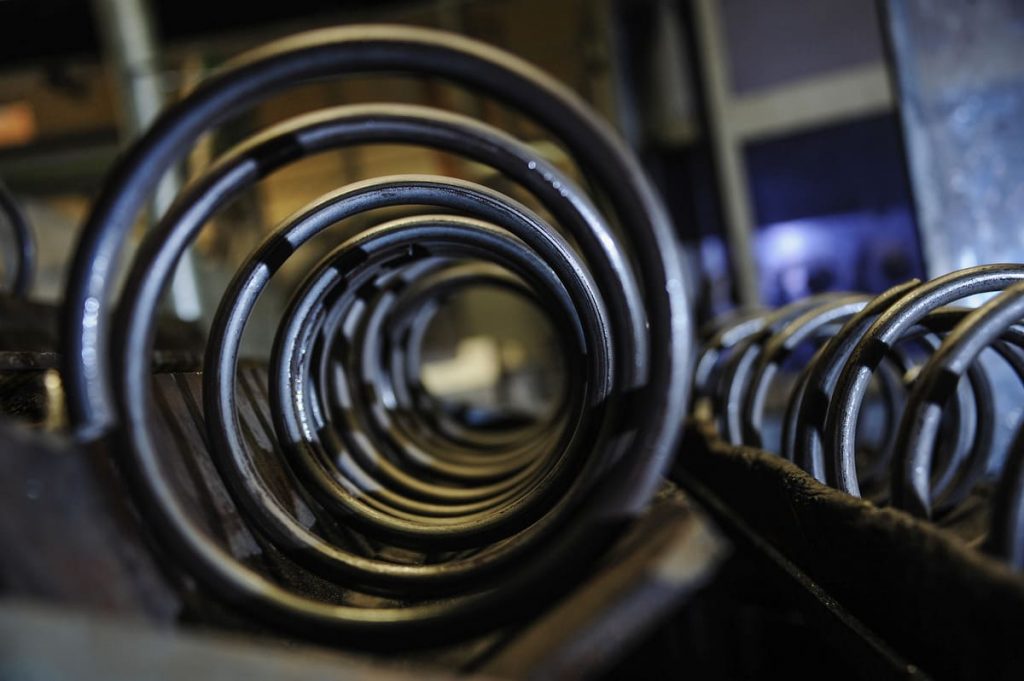
In the fascinating world of physics, springs play a crucial role in various mechanical systems. Understanding the science behind springs and their workings can unravel the secrets of their exceptional properties.
Springs are a mechanical device used to store and release energy. The energy that springs absorb is stored and released when the spring returns to its original shape. Springs can be made from a variety of materials such as chrome silicon steel, nickel alloys or titanium and more. There are many different types of springs, such as:
Springs play an important role in the majority of industries, including automotive, construction, power generation and agriculture - to name a few. They are everywhere! Their ability to absorb, store and release energy is an unparalleled piece of engineering history.
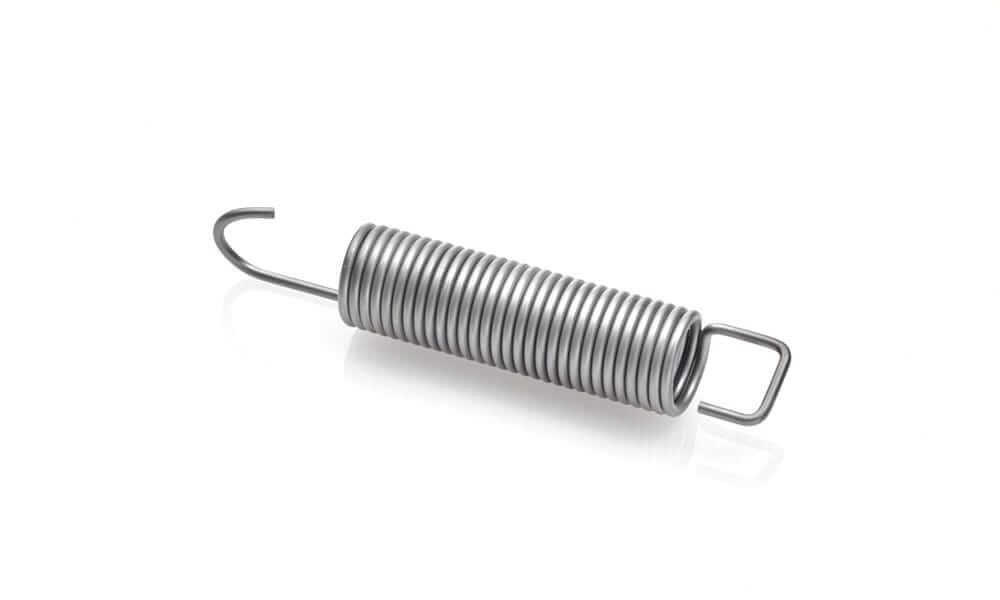
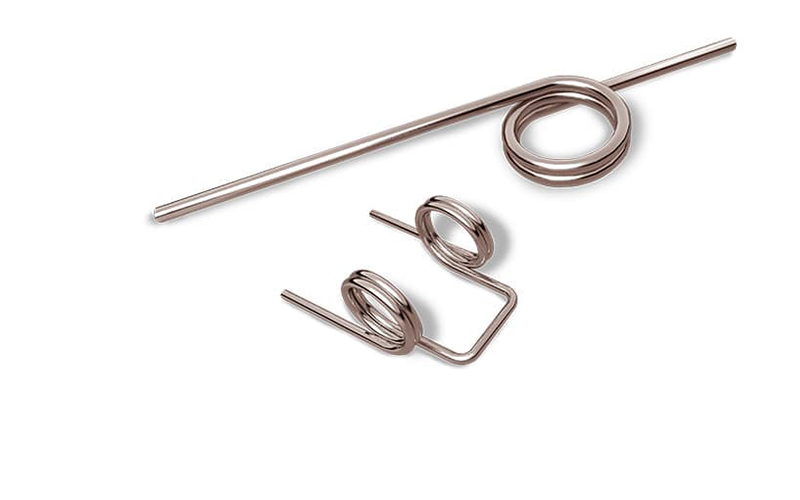
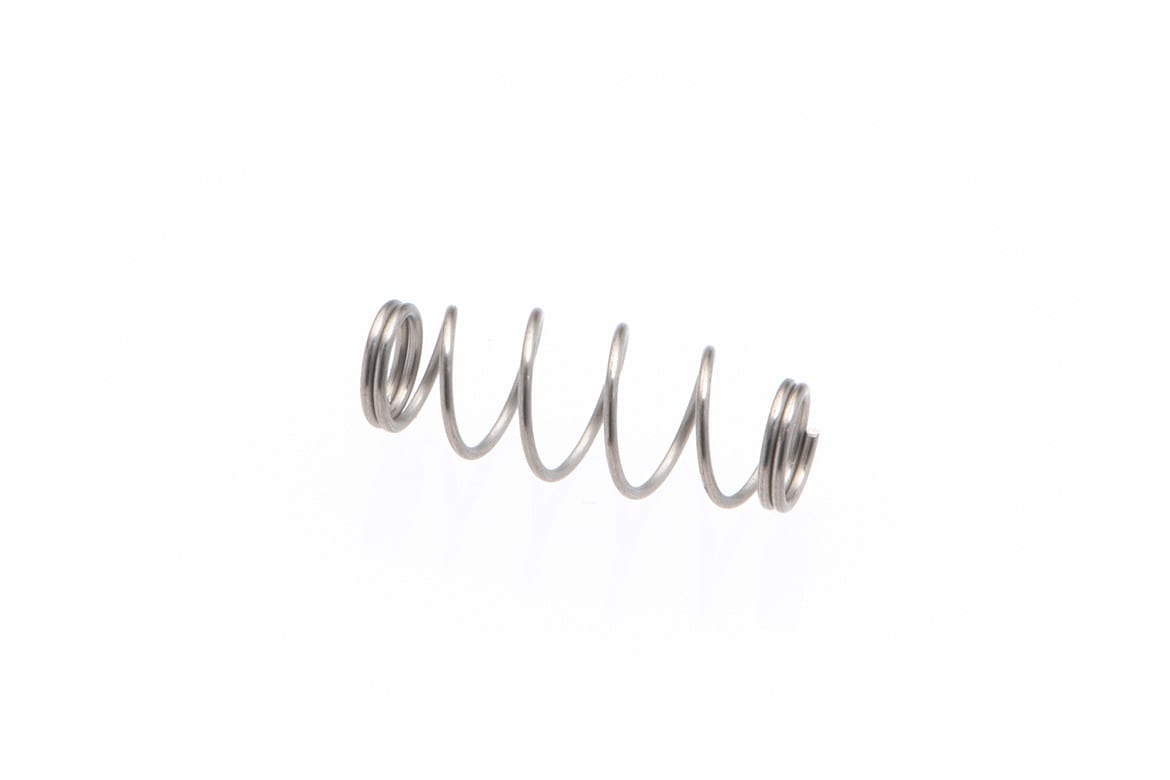

The physics of springs is also referred to as ‘Hooke’s Law’ named after an English scientist named Robert Hooke from the 17th century. This theory was introduced after Hooke made significant contributions to the field of physics and his work on elasticity of materials.
Hooke's Law is a theory of physics that describes the relationship between force applied to an elastic object just like a spring. Deformulating Hooke’s Law in to words, it describes force exerted on the object is directly proportional to the amount of deformation.
Mathematically Hooke’s Law suggests as F = -kx, where F is the force, k is the spring constant, and x is the displacement assuming linear behaviour within the elastic limit, meaning the relationship between force and displacement is linear.
Hooke's Law provides a basis for understanding and predicting the behaviour of springs and other elastic materials, aiding in the design and analysis of various systems and structures.
Whilst Hooke’s Law is great for approximation for the majority of elastic materials and situations, there are limitations.
Although there are exceptions to Hooke’s Law, it is a useful piece of theory which is still applied to design and engineering today. There are situations as to where more complex material behaviour, more advanced models and theories can be applied such as non-linear elasticity or viscoelasticity for more accurate results depending on your use of material.
The relationship between the major factors in spring engineering are governed by Hooke’s Law which states a force being exerted on a spring is directly proportional to the spring constant and mathematically is expressed as:
F = -kx
Understanding the principles to Hooke’s Law helps engineers advance springs in various applications and ensure they’re appropriately designed and utilised.
Spring performance is influenced by several physical and design-related factors. Understanding these variables is essential for designing springs that meet specific mechanical and operational requirements. Key factors such as stiffness, load capacity, and resilience shape how a spring behaves under load – all central to spring physics and critical across many industrial applications.
Choosing the right material will impact the performance with different spring materials varying the levels of stiffness, strength and elasticity.
There are common spring materials used such as:
As an example, a material with a higher tensile strength will increase the load capacity of the spring.
The diameter of wire used to make a spring will affect both stiffness and load-bearing capacity. Thicker wire usually produces a stiffer spring and can withstand heavier loads and can also increase the springs resilience to fatigue although thicker wires can reduce the number of coils accommodated which affects energy stored.
Coil pitch is the distance from each coil in the spring and influences the spring flexibility and compression characteristics.
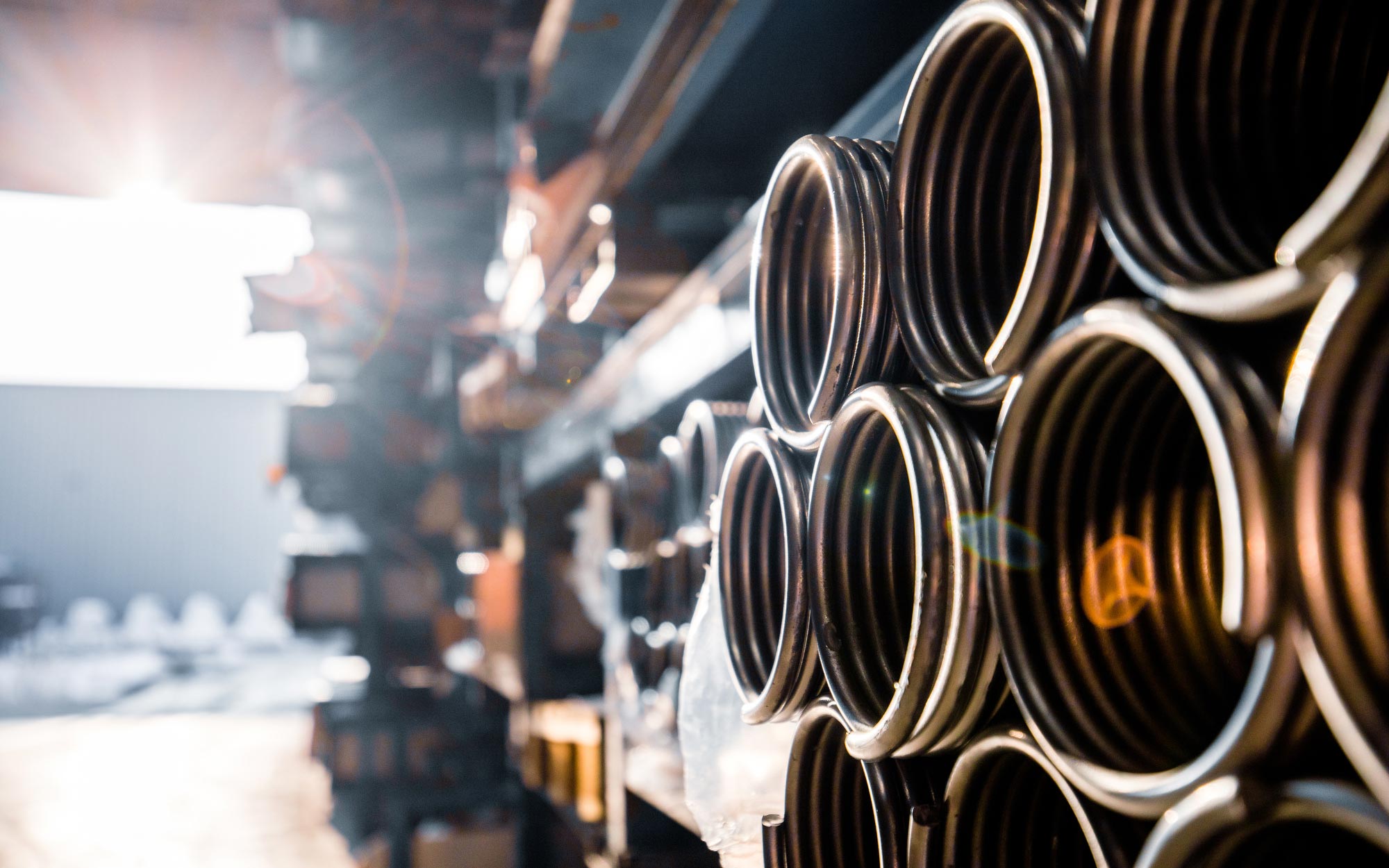
Springs are found in our everyday life, they’re actually one of the most used energy sources in the world. Springs have unique properties and capabilities which no other component can reproduce.
You’ll find springs used in everyday life applications such as:
You may not have realised that springs are so involved in our day to day lives. The versatility and reliability of a spring makes them a pivotal factor for engineering.
Springs are used in many applications which all require differing needs. Custom designing springs to specific requirements delivers multiple efficiencies across energy, cost, performance and sustainable practices.
Meticulous manufacturing processes consider load requirements, space limitations and design characteristics and are an essential first stage review before manufacture.
Coiling is a process that involves winding a wire around a mandrel or using forming tools to give it the desired shape and configuration. This process can be performed manually using hand tools or with machinery. Our teams of engineering experts synergise hand crafting springs and the use of the most advanced hot and cold coiling CNC spring machines in the industry, offering a unique combination of years of hands-on experience and state-of-the-art technology to deliver quality springs.
Heat treatment improves the mechanical properties and performance of the spring. Different spring types and materials will require their own tailored heat processing parameters to obtain the desired properties.
Surface treatment is applied to the surface of springs to modify their properties, enhance performance, and improve their resistance to wear, corrosion, and other environmental factors. This is a vital step in the spring creation as it solidifies the longevity and reliability of a spring.
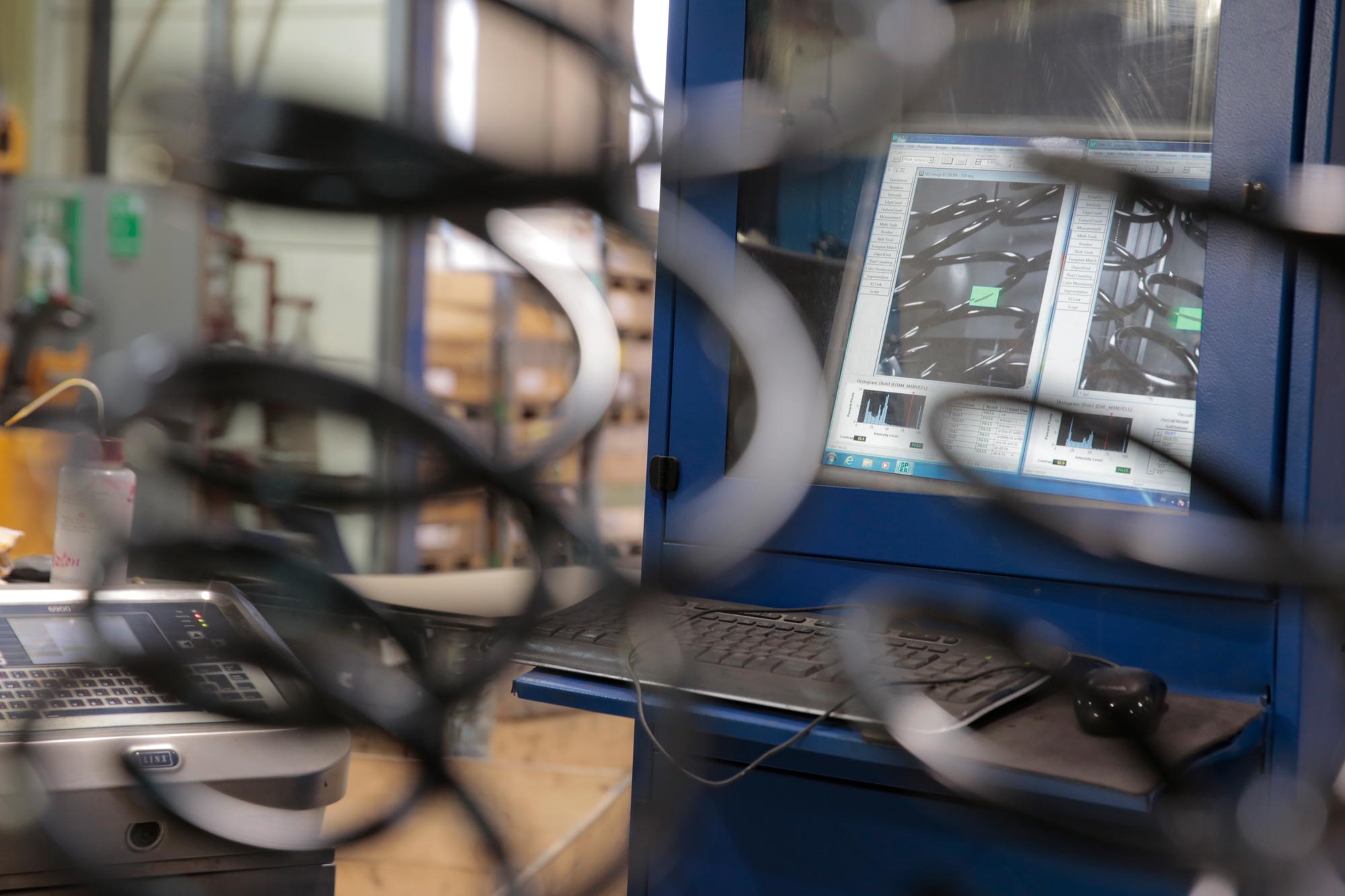
Regular inspections looking for deformations, wear or damage extends the lifespan of a spring. Proper maintenance of a spring will result in less maintenance issues and operational efficiencies.
Springs can suffer from corrosion, loss of tension or set misalignment and spring fatigue if not maintained.
By addressing these common spring problems and by taking preventive measures with maintenance e.g lubrication, load management, and regular inspections you’re able to avoid potential problems occurring and performance issues.
As part of the Lesjöfors Group, a world-leading spring manufacturer, we’re driving advancements in spring materials, design, and manufacturing technologies. With dedicated R&D teams, in-house material scientists, and a global knowledge base, we’re continually developing smarter, more efficient solutions. By deepening our understanding of spring physics, we’re not only optimising performance but also pushing the boundaries of what springs can do in demanding applications, today and in the future.
Discover how our expertise in spring physics can help solve your toughest engineering challenges. Contact us today to discuss your project needs.
The spring theory of physics explains how springs store and release energy by relating the force applied to their deformation, primarily described by Hooke’s Law.
Springs are crucial in physics because they demonstrate fundamental principles of force, energy, and elasticity that apply to countless mechanical systems.
Spring force is the push or pull exerted by a spring when it is stretched or compressed, working to return the spring to its original shape.
The material determines a spring’s stiffness, strength, and elasticity, directly influencing how it responds to forces and performs under load.
We are world-leading heavy duty spring manufacturers, delivering the greatest expertise in compression, torsion and tension spring manufacturing.
Delivering impact to every industry, we guarantee spring solutions that will optimise your performance and success.

